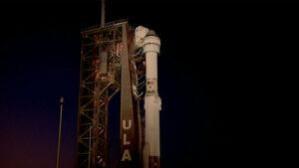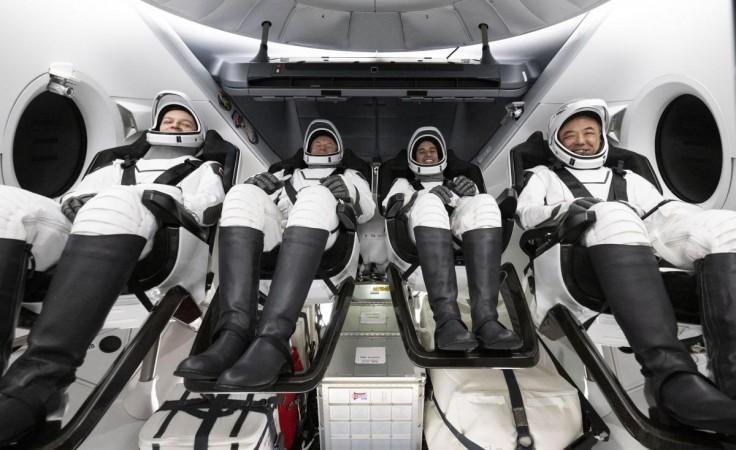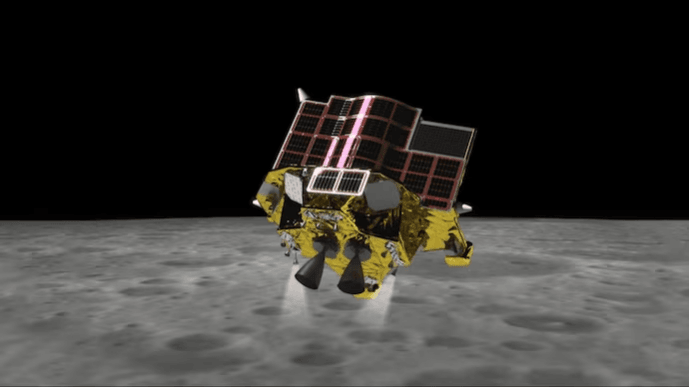
NASA's Boeing Starliner is set for its third launch attempt on June 5, carrying astronauts Butch Wilmore and Sunita Williams. The second attempt was scrubbed due to an issue with a ground power supply, which has since been resolved.
Despite setbacks, including a valve issue and a helium leak, the team remains optimistic about the mission. The launch is a significant step in human space exploration, marking the first piloted launch of an Atlas.
NASA's Boeing Starliner is preparing for its third attempt to launch its crew test flight on June 5. The announcement came from NASA on Monday, with the mission teams gearing up to support the launch at 10:52 a.m. ET. The spacecraft is set to carry NASA astronauts Butch Wilmore and Indian-origin Sunita Williams to the space station. The astronauts will spend about a week in space before returning to Earth aboard the reusable crew capsule.

The second attempt to launch the Starliner on June 1 was scrubbed at the last minute. The United Launch Alliance (ULA) team identified an issue with a single ground power supply that encountered problems during the countdown. This power supply was located within one of the three redundant chassis that provides power to a subset of computer cards controlling various system functions.
The ULA team also identified the card responsible for the stable replenishment topping valves for the Centaur upper stage. All three of these chassis are required to enter the terminal phase of the launch countdown to ensure crew safety.
To resolve the issue, the ULA team replaced the chassis containing the faulty ground power unit on Sunday. Following this, ULA confirmed that all hardware is performing normally. This swift action demonstrates the team's commitment to the mission and the safety of the crew.
The Starliner mission has faced a series of setbacks. The first manned mission, scheduled to be launched on May 7, was scrubbed two hours before lift-off due to a valve issue on the upper stage of the ULA's Atlas V rocket. Following the scrub, the launch was postponed to May 10, then to May 21, and later to May 25 due to a helium leak.

Despite these challenges, the team remains optimistic and focused on the upcoming launch. The Starliner mission aims to carry astronauts and cargo for future NASA missions to Low Earth Orbit and beyond. This mission is a significant step in NASA's broader goal of advancing human space exploration.
The U.S. Space Force's 45th Weather Squadron predicts a 90% chance of favorable weather conditions on Wednesday, further boosting the team's confidence in the upcoming launch. In the event of unforeseen circumstances, the company has a backup launch opportunity on June 6.
The Starliner project has been a significant investment for Boeing. NASA awarded Boeing a $4.2 billion contract to develop Starliner. However, due to the delays, the company has lost nearly $1.5 billion. Despite the financial setback, the focus remains on ensuring the success of the mission and the safety of the crew.
The upcoming launch is reminiscent of the Mercury program's final flight 61 years ago, which was also the last piloted launch of an Atlas family rocket. The long-awaited flight will be the first piloted launch of an Atlas 5 and a significant milestone in space exploration.
The upcoming launch of the Starliner represents a significant step forward in human space exploration. Despite the challenges and setbacks, the team remains committed to the mission and the safety of the crew. The world will be watching on June 5 as the Starliner makes its third attempt to launch its crew test flight. This mission is not just about reaching the stars but also about the resilience and determination of the human spirit to explore the unknown.














